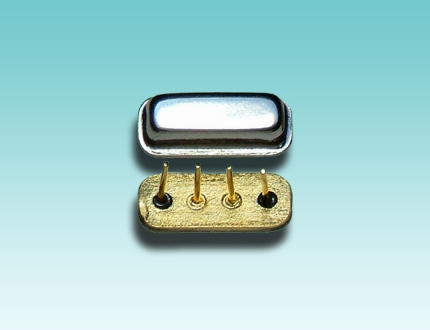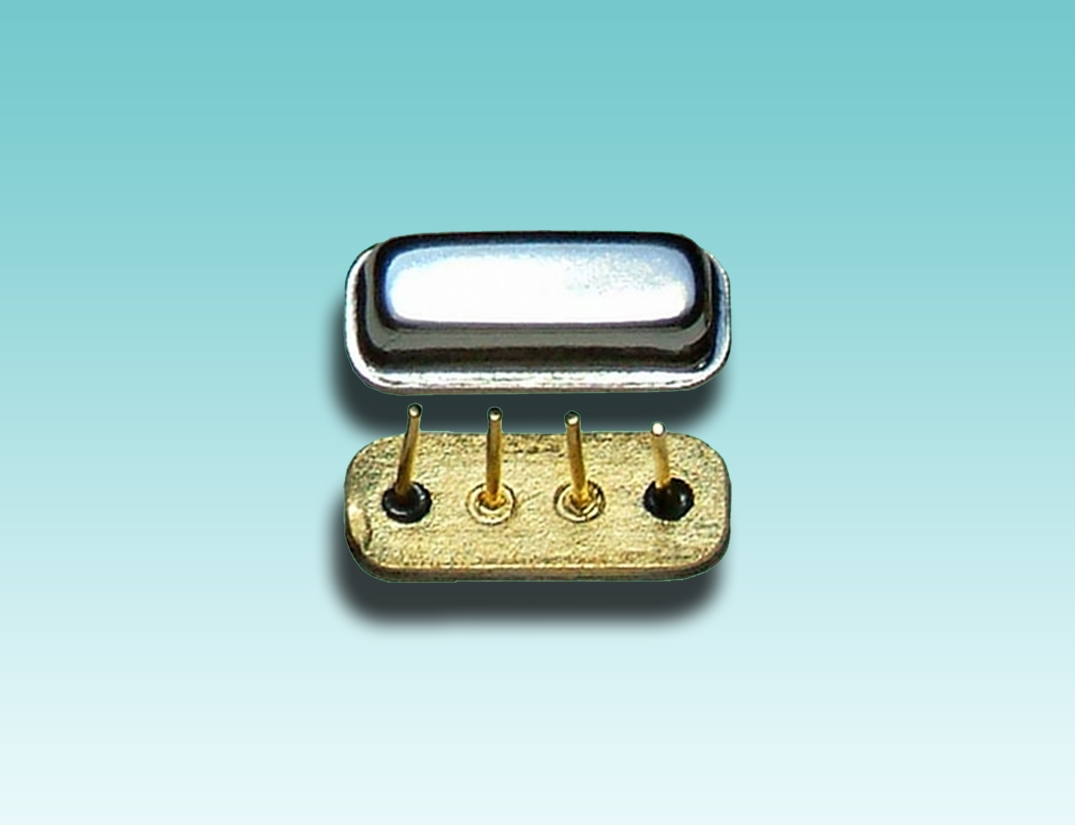DIP Type SAW Filter AGSD-TSF11 (433.92 MHz)
Maximum rating:
- Input Power Level: 0 dBm
- DC voltage: 0V
- Operating Temperature: -15 ºC to +60 ºC
- Storage Temperature: -40 ºC to +85 ºC
Electrical Characteristics:
|
Item |
Unit |
Min. |
Type |
Max. |
|
|
Center frequency |
Fc |
MHz |
- |
433.92 |
- |
|
Insertion Loss |
ILmin (reference level) |
dB |
- |
2.3 |
3.5 |
|
3dB Bandwidth |
BW3dB |
MHz |
4 |
7.7 |
- |
|
Attenuation: (Reference level from ILmin ) |
|||||
|
Fc -100 to Fc -200 |
MHz |
dB |
56 |
64 |
- |
|
Fc -25 to Fc -100 |
MHz |
dB |
40 |
55 |
- |
|
Fc -10.7 |
MHz |
dB |
42 |
59 |
|
|
Fc +25to Fc +100 |
MHz |
dB |
40 |
60 |
- |
|
Fc +100 to Fc +200 |
MHz |
dB |
40 |
52 |
- |
|
Source impedance |
Zs |
Ω |
- |
50 |
- |
|
Load impedance |
ZL |
Ω |
- |
50 |
- |
Note:
ILmin is the minimum of the pass band attenuation. The center frequency
Fc is the mean value of the upper and lower frequencies at the 3dB filter attenuation level relative to the ILmin.
Dimension: (mm)




